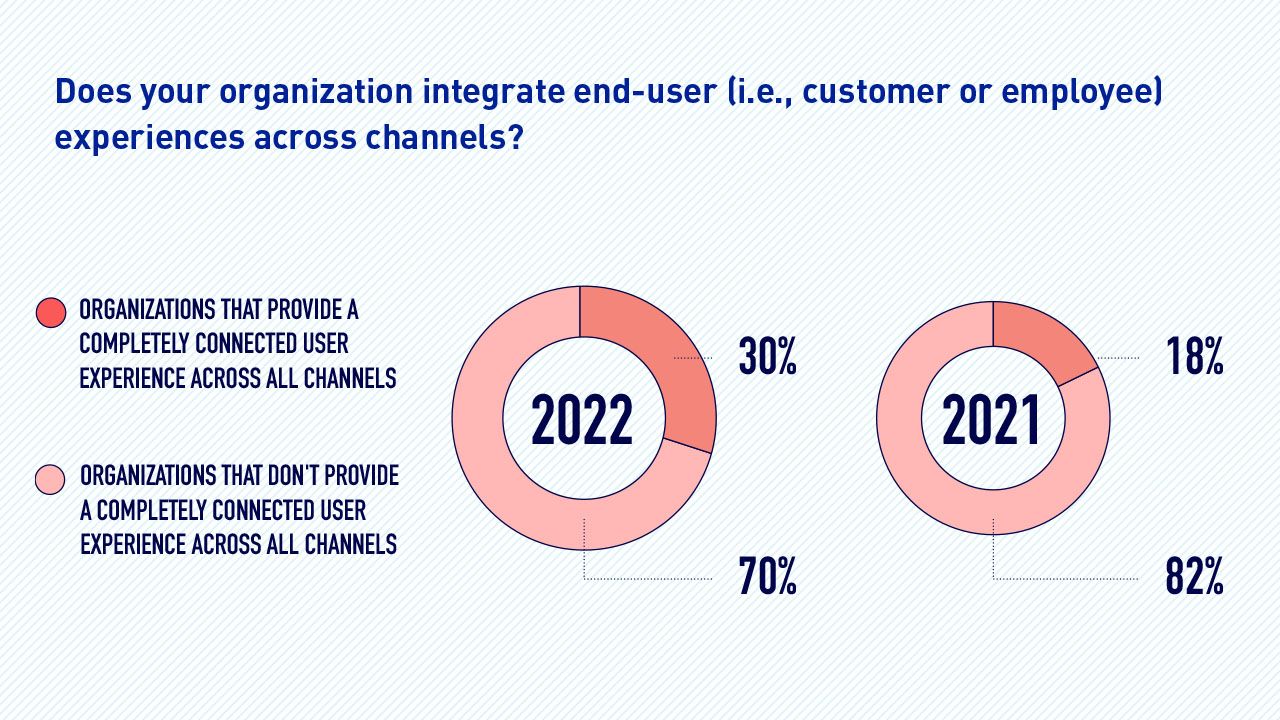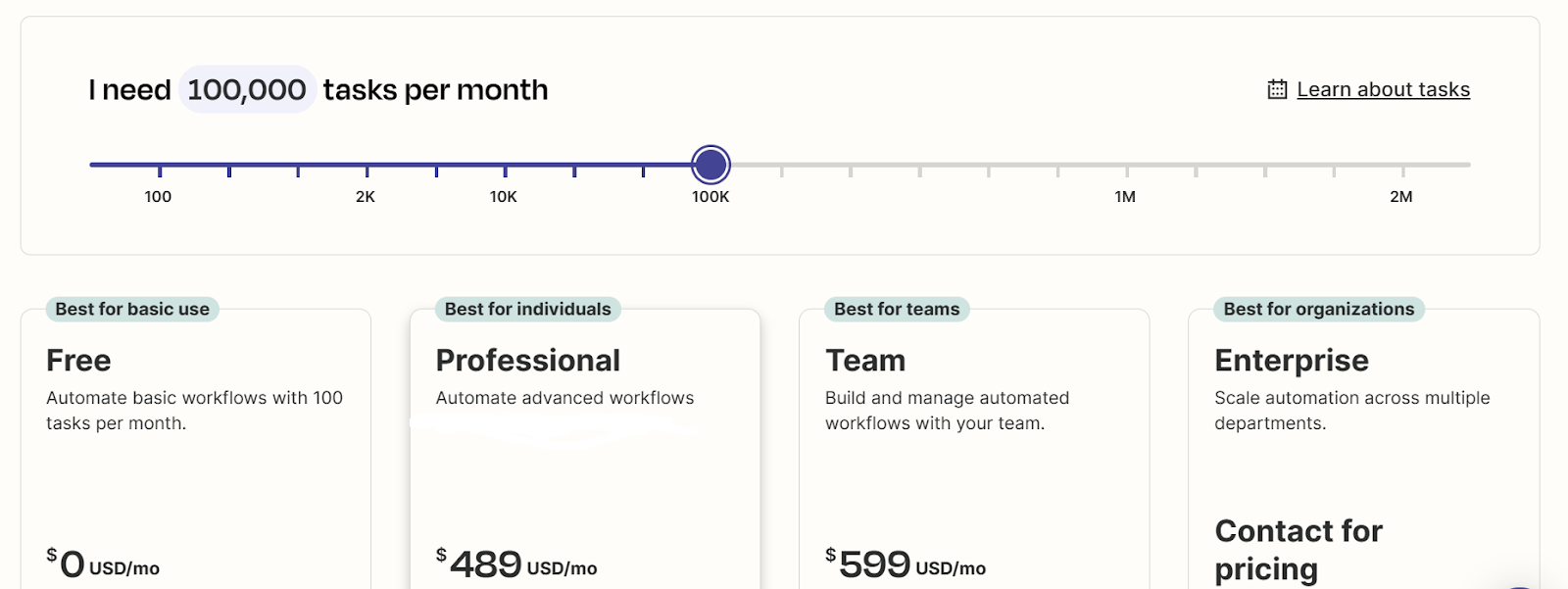In today’s business landscape, data integration is vital, but it often comes with hidden costs that can catch you off guard and blow your budget. Being aware of these hidden expenses is key for companies to make smart choices, steer clear of financial surprises, and pick the right data integration partner for their needs.
Facing financial pain points when turning to data Integration
On average, a medium-sized company uses nearly 1,000 software applications. However, just nearly 30% of those are connected. This insight was recovered in a 2022 survey conducted by MuleSoft, a platform akin to HexaSync and acquired by Salesforce in 2018 for $6.5 billion. The effectiveness of these integrations remains uncertain.

In the digital age, companies are turning to integration solutions to connect separate software systems, automate their business processes, and streamline their operations. Besides high quality and good support, companies mostly expect reasonable and plannable pricing. However, several services provide untransparent pricing, forcing their clients to pay unexpected fees when using the services, as there is no way back after investing too much money.
After meeting with several vendors, the owner of a fashion company headquartered in the northern United States shares that he is afraid of the way some vendors try to earn more and more money from him. He just wants transparent pricing from the beginning, without any unexpected hidden costs.
Understanding the potential hidden costs involved is crucial for data integration budget management and pivotal in selecting the appropriate and cost-effective tools and services.
Break Down Hidden Costs
Customization Costs
Despite using the same software, companies’ integration demands are always different. Customized integration is important to a company’s specific needs. These customizations often involve additional development work and specialized configurations that are not part of the standard offering. This may lead to additional costs and sometimes become hidden costs.
For example, two companies have the same need for product synchronization between Shopify and multiple systems. The first company wants to sync product variants with such attributes as size, color, materials, etc. while the other wants to exclude products with the “Color” attribute in their synchronization.
Even when businesses are in the same market and selling similar products, they often approach things differently. That’s why it’s important to go through the vendor evaluation process thoroughly. For example, selling suits, evening gowns, or wedding dresses differs from selling T-shirts. In the clothing industry, one company might categorize its products by size and color, while another has to tailor each piece based on the customer’s unique three measurements.
Many integration companies offer a range of packages, from essential, and advanced to custom pricing. The Custom option is typically the most expensive due to its extensive tailoring capabilities. This can also make the integration budgeting more complex.
Mulesoft’s 2022 survey correspondents who are IT leaders from global enterprises revealed that on average, their IT teams spent around 38.46% of their time designing, building, and testing custom integrations. This cost them around $3.6 million. The figure for the previous year was around 35% and $3.5 million, relatively.
However, the 2023 CHAOS Report by the Standish Group shows that only 31% of software projects are successful, of these successful projects only 46% return high value. Half of software projects are challenged with such issues as being over budget, late, or not meeting all requirements, and 19% fail completely.
Training Fees
Hidden costs also come from training and support. Such integration platforms like HexaSync help companies automate business processes without investing time and money in training their employees. Meanwhile, many other companies’ integration solutions require employee training sessions to use the integration.
According to The Association for Talent Development (ATD)’s 2020 State of the Industry, the average organization spent $1,308 per employee on direct learning expenditure in 2019.
Training employees to use new integration solutions can be a substantial and ongoing expense as it includes not only initial training for all employees but also ongoing training for new employees and advanced training required for advanced functionalities.
Support Fees
The new integration requires ongoing support to ensure a smooth data flow between platforms. In reality, there are usually bugs in SaaS products. Without being debugged, the data flow will be interrupted.
Some products are designed to minimize the need for additional client investment in hardware and human resources while others require clients to have technical staff to manage the system and solve technical issues. However, a survey conducted by Udacity shows that digital transformation is stalling due to a lack of job-ready digital talent. Nearly 60% of surveyed employers self-report that not having enough skilled employees has a major or moderate impact on their business.
Finding quick responses and good support is the expectation of businesses. However, it is still a pain point when loads of terrible feedback has been left on Trustpilot, for example. “NO real support, only emails without a solution” or “Customer support is non-existent” is the feedback of 2 users after using an integration solution provided by a big firm.
For some suppliers, advanced support typically comes at an extra cost. It’s common to see options for Extended Support or Premium Support being offered. Despite that, it remains challenging to find integration companies that can provide rapid and effective support. A small bug may take several months to fix, which significantly influences the operation efficiency of businesses.
Finding people for support roles can be a real challenge. Few people are willing to spend their entire careers as ‘supporters’ because these jobs offer limited opportunities for growth and carry a high risk of unemployment.
Add-on Features and Upgrades
The initial cost for the most entry-level integration plans is usually attractive to the customers who are financially considering. However, it can be deceptive.
Different from customization which involves bespoke development tailored to a specific company, add-on features are pre-developed and offered as optional enhancements. Add-on feature costs refer to expenses for additional functionalities that are not included in the base price of the integration solution. These features are often available as part of higher-tier plans or as separate purchases.
Often, the essential features that a company needs might only be recognized after a period of using the integration. Companies are normally forced to upgrade their subscription to access them. Moreover, everything is constantly changing, including business needs and technology trends. Reports generally indicate that most technologies undergo significant changes or updates every 3-5 years. This necessity can lead to higher-than-anticipated costs over time.
Downtime and Opportunity Costs
These are the hidden costs associated with system downtime or missed opportunities due to integration issues. The data integration is expected to help companies reduce 100% human resources and maximize the accuracy of data import.
When the integration stops working, employees need to manually transfer data between systems, which can be time-consuming and error prone. This reduces overall productivity.
Also, business processes that rely on real-time data transfers may be delayed, affecting decision-making and customer service.
Real-time data ensures that inventory levels are accurate. It allows for automatic replenishment and updates across multiple sales channels. Orders placed by customers are also processed immediately, with updates sent to inventory and shipping systems to ensure timely fulfillment and accurate order status tracking.
Stronger Financial Impact on Larger Organizations
As organizations expand, the hidden costs associated with data integration become increasingly significant.
Greater Customization Needs
Larger companies have more complex processes and a larger variety of tasks to manage. This demands extensive customization.
Customization for such enterprises goes beyond simple tweaks, often requiring significant redevelopment of existing features.
For instance, a big retail company owning 9 warehouses needs promotion synchronization between its Shopify store and multiple marketplaces, which is typically an advanced task for integration companies. However, they also need to sync the promotion of 8 warehouses only as the 9th warehouse is for offline stores that don’t apply the same promotion policies as online stores.
This can lead to spiraling costs that far exceed the original estimates. From initial discussions, integration companies and their clients normally couldn’t define those specific customized tasks that may arise someday. Therefore, facing this kind of hidden costs is unavoidable.
Increased Data Management Needs
According to Hubspot’s 2016 survey, the average enterprise has 347.56TB of data, seven times as much data as the average small and medium-sized business with 47.81 TB.
The volume of data managed by large companies can be staggering. This not only leads to higher storage expenses but also necessitates significant investments in data preparation and processing, further escalating operational costs.
Scalability Costs with Higher Data Volume
Large volumes of data normally require robust management tools, which can lead to a significant increase in costs. The expenses associated with data migration, storage, and ongoing management often go overlooked during the initial SaaS adoption phase but can quickly become a major cost center.
Numerous companies implement pricing strategies for their offerings that scale with data usage, such as the volume of transactions, tasks, and subtasks. This means that as organizations expand, their business scales up and they process larger amounts of data, the costs associated with integration and ongoing management will increase.

For example, some companies provide tier pricing based on the number of transactions, integration tasks, or subtasks. As companies get larger and larger, they have to pay more and more for data synchronization. That is a big obstacle for companies when they enter the scale stage.
Consequently, companies often prefer partnering with integration service providers that offer scalable solutions without the concern of escalating costs in the future, providing a predictable and manageable financial outlook as they scale.
More Extensive Training and Support Needs
With a higher number of human resources, companies need a larger scale of training and support to ensure that all employees, especially the new ones, are proficient with the technology.
However, it seems costly. For large companies, the financial impact of training and support can be significant, necessitating careful planning and budget allocation.
Key Recommendations To Choose Data Integration Vendor
In reality, many large companies have invested millions of dollars in in-house projects, only to fall short of expectations. These projects often face delays, go over budget, fail to meet essential requirements, or even end in complete failure. Even when a project is successful, it doesn’t always ensure long-term viability due to a lack of flexibility as the world never stops changing.
As a result, many companies opt for the safer route of seeking external services. They decide to focus on what they do best and leave the complex task of integrating data concurrently, asynchronously, and in real-time to a reliable and high-quality vendor. Here are some key recommendations for finding a high-quality data integration vendor:
Seek Clear Pricing Model
Companies should ensure vendors provide clear pricing models to avoid unexpected costs and ensure the budget aligns with company expectations. Asking for itemized quotes with detailed breakdowns of all the costs, and clarity on any potential hidden costs.
Evaluate Customization Needs
Assessing the level of customization required and understanding the associated costs should be highlighted as customizations can add significant costs and complexity to the implementation. Companies should determine if out-of-the-box features meet most of the needs or if extensive customization is necessary.
Consider Training and Support
Factor in the costs of training and ongoing support when selecting a vendor as they are crucial for smooth operation and can incur additional costs. Companies should clarify and include training sessions and support packages in the initial vendor discussions and contracts.
Plan for scalability
Companies should be aware of the potential need for higher-tier plans or additional features that may incur extra costs. As the businesses grow and the amount of data surges, companies might need more advanced features or higher service tiers.
Companies should review the scalability options and additional feature costs upfront with the vendor. The ideal plan is to choose a vendor that offers a no-transaction-limitation integration product.
Prepare for Downtime
Have strategies in place to manage and mitigate downtime and associated opportunity costs. Companies should ensure the vendor provides robust uptime guarantees and support.
Conclusion
Facing hidden costs after getting on board with a new integration solution has been a great pain point for many companies on their digital transformation journey.
Understanding these expenses is crucial for budgeting and strategic planning. When making a pricing comparison between different vendors, companies should take into account not only the initial offer but also the long-term financial commitments involved, especially for maintaining smooth integration without worrying too much about expenses when developing the business.
